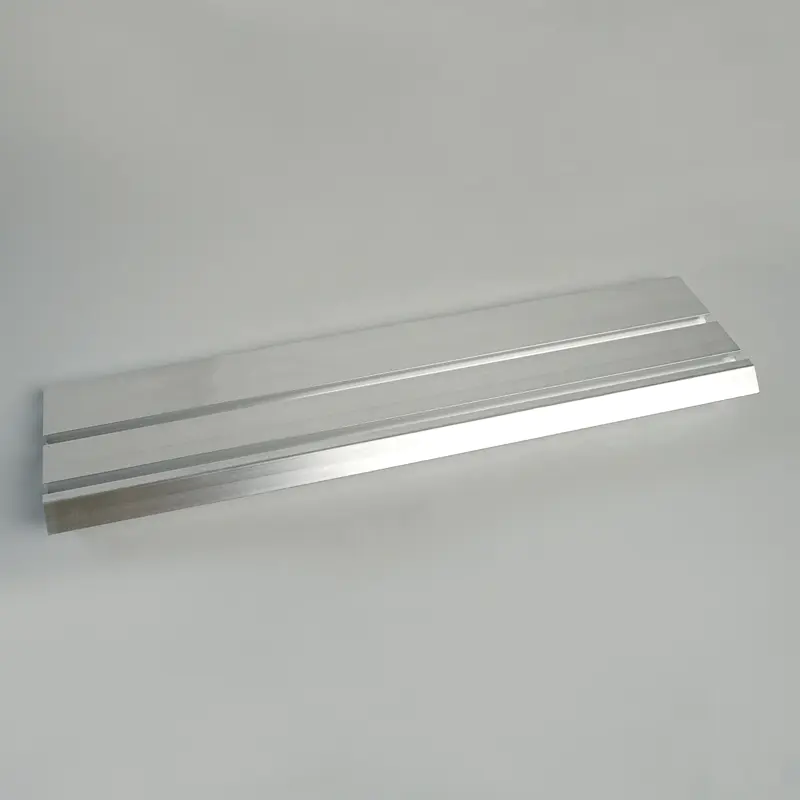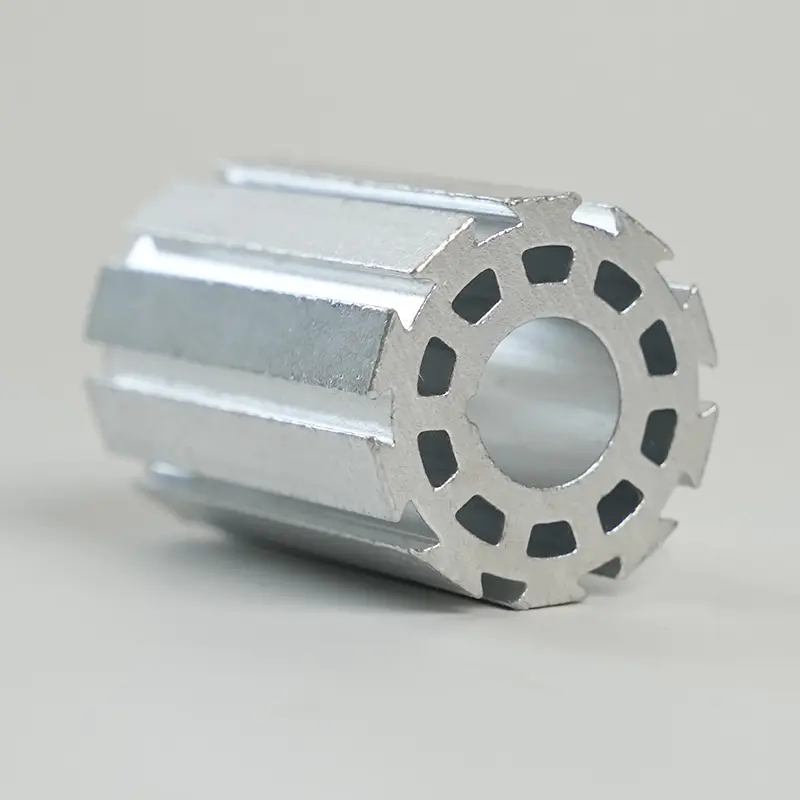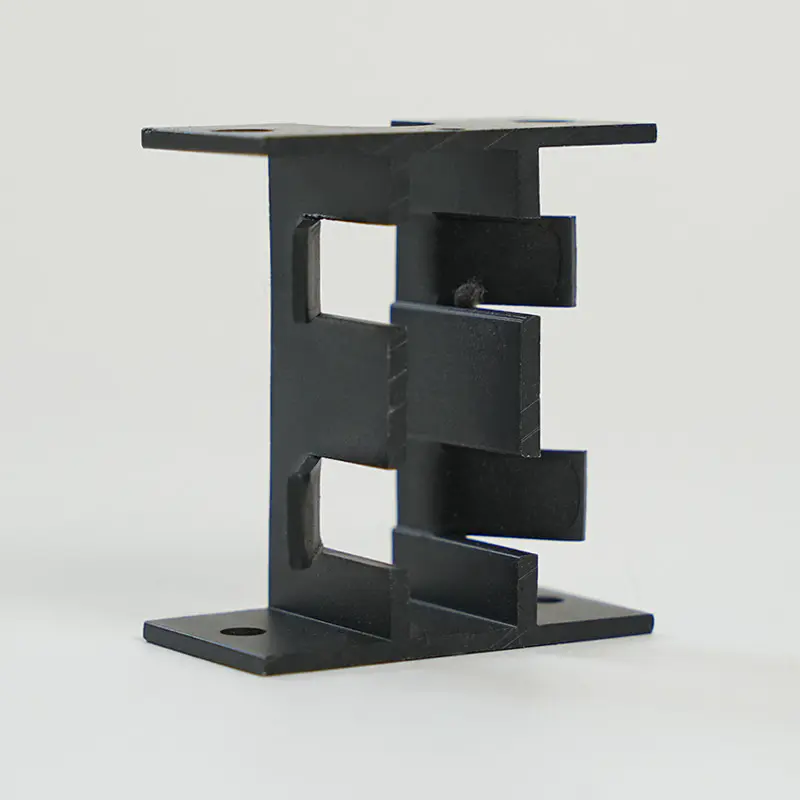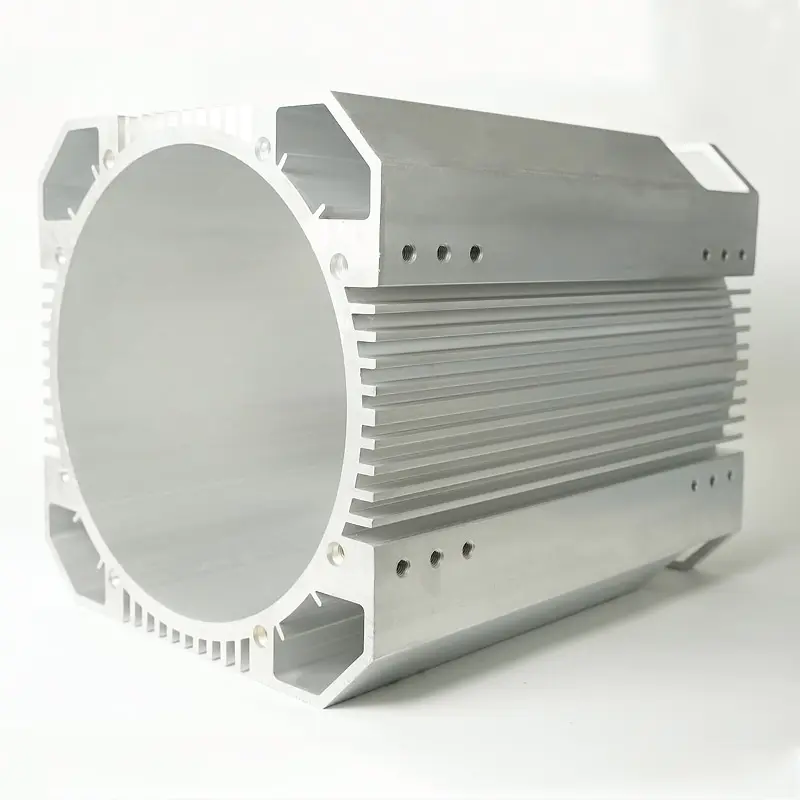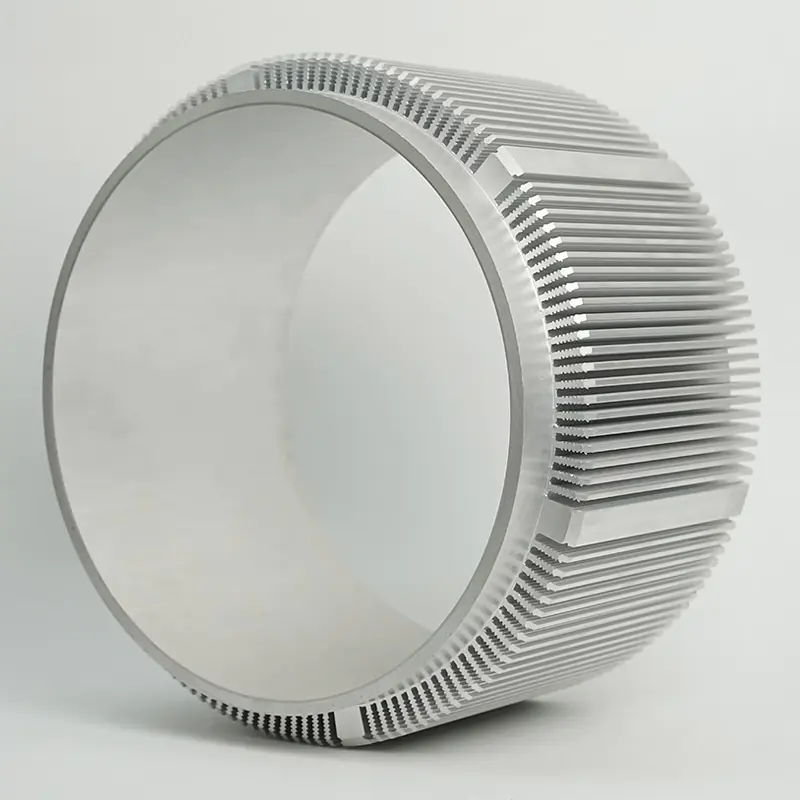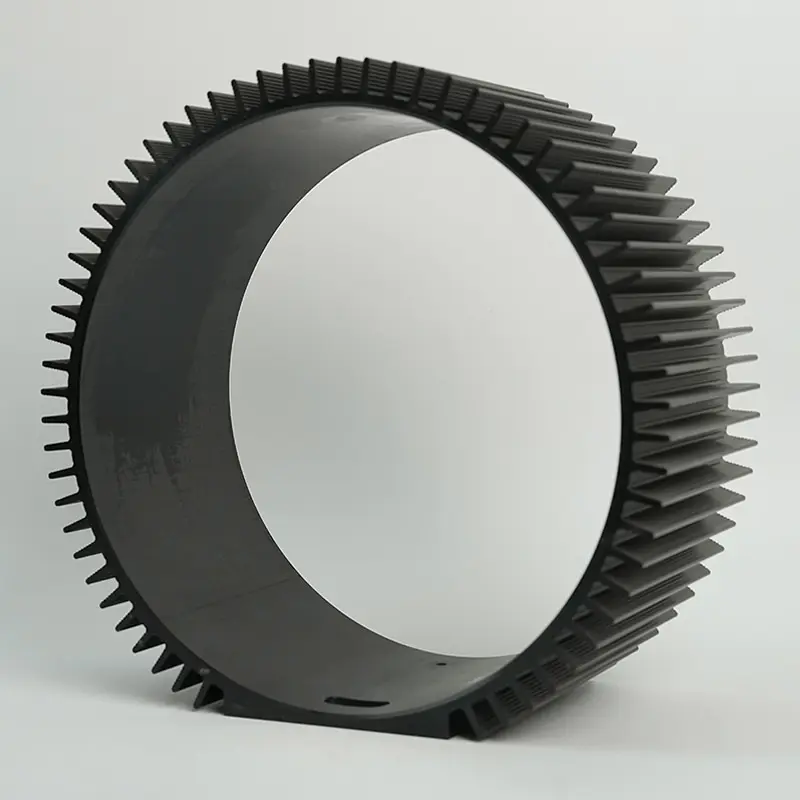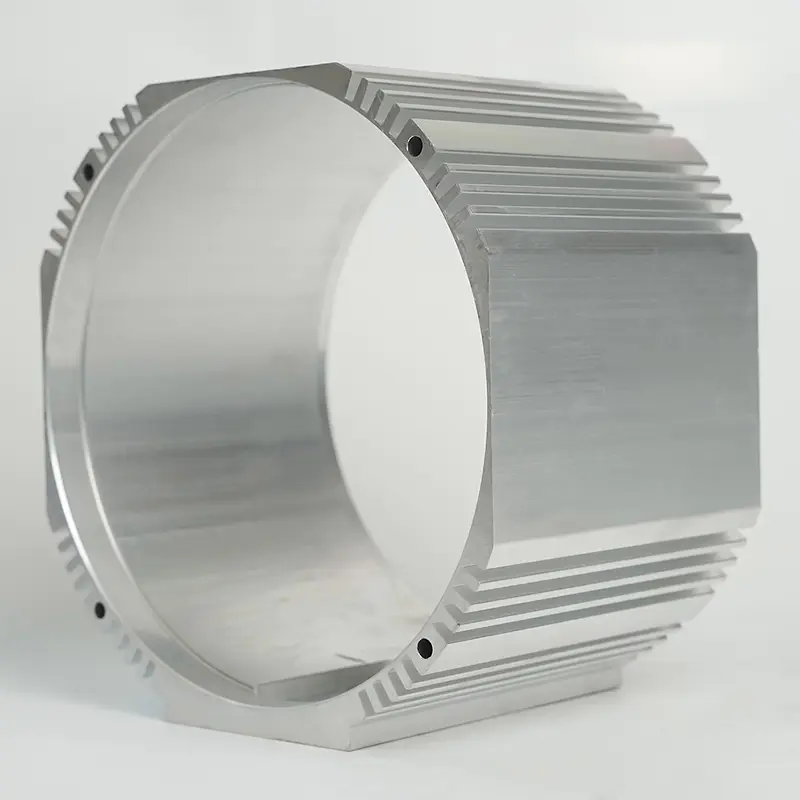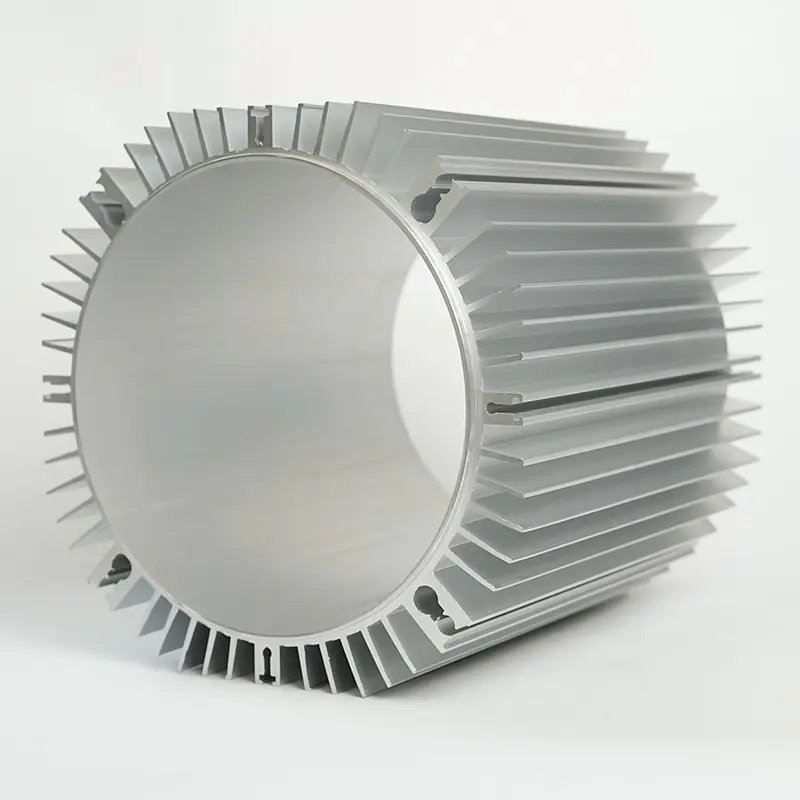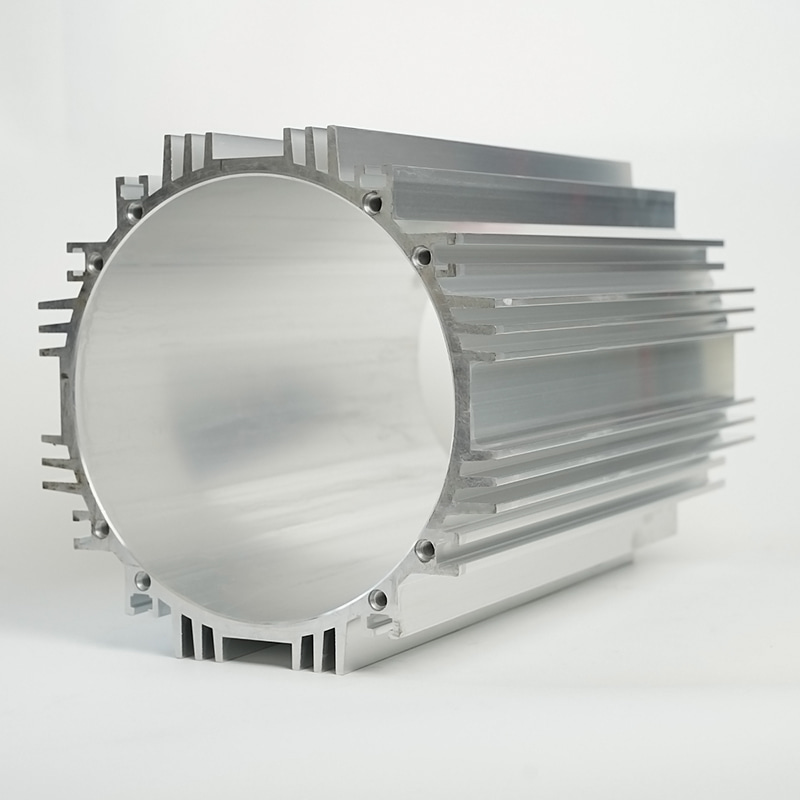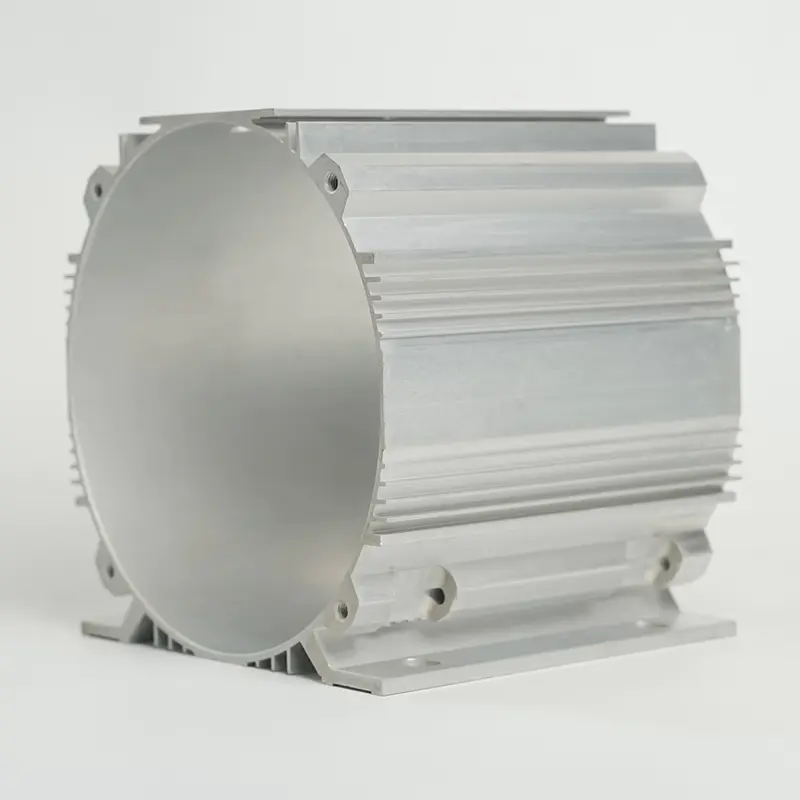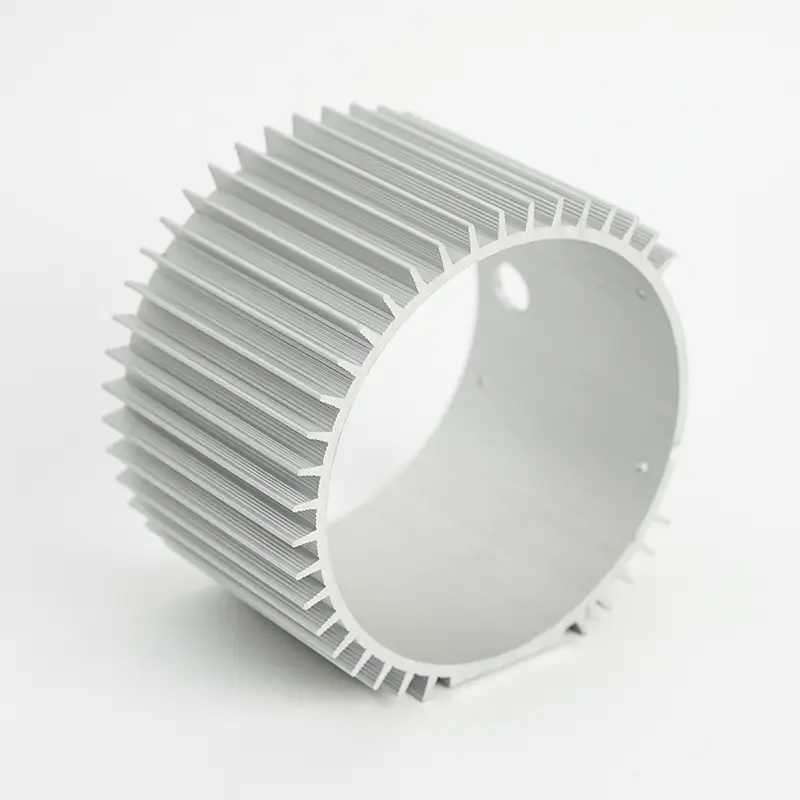The market demand for aluminum alloy frames continues to rise
In recent years, as the global manufacturing industry develops towards lightweight, energy-saving and environmental protection, the market demand for aluminum alloy frames has shown a rapid growth trend. Aluminum alloys are widely used in construction, transportation, electronic equipment and industrial equipment due to their excellent strength-to-weight ratio, corrosion resistance and recyclability.
According to statistics, the global aluminum alloy frame market size has exceeded US$50 billion in 2024, and is expected to continue to expand with an average annual compound growth rate of 6.8% in the next five years. Among them, new energy vehicles, rail transit and high-end architectural curtain walls have become the main driving forces for driving demand. In the field of new energy vehicles, the application of aluminum alloy frames can effectively reduce the weight of the car body and improve the endurance, so it is favored by major automakers.
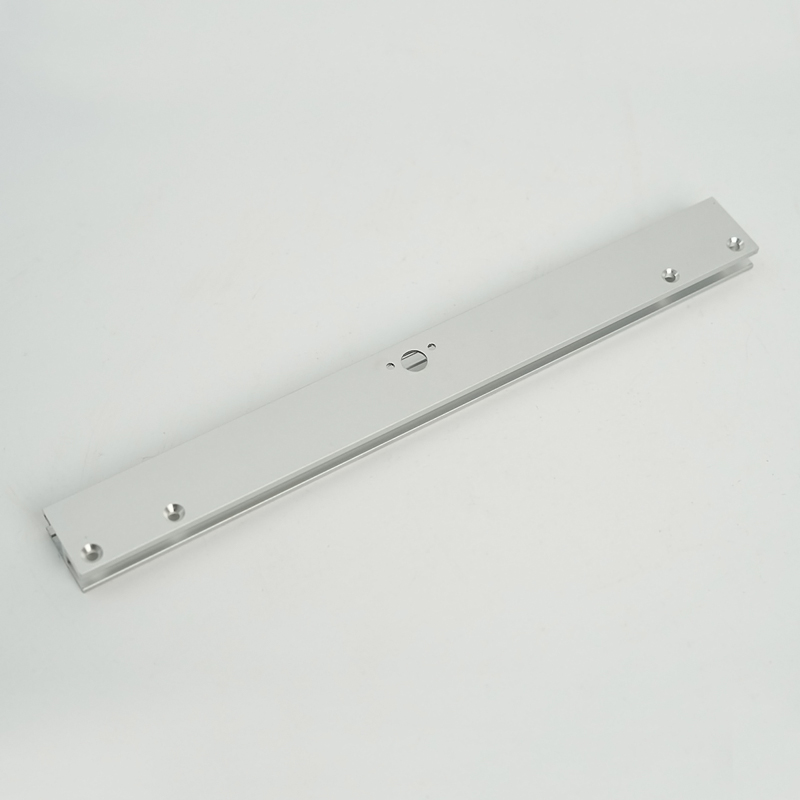
Technological innovation promotes the performance of aluminum alloy frames
To meet the diversified demands of aluminum alloy frames in different industries, advances in materials science and manufacturing processes have played a key role. New high-strength aluminum alloys, such as 6-Series and 7-Series, further improve tensile strength and fatigue resistance through optimizing composition and heat treatment processes, making them occupy an important position in the fields of aerospace and high-end equipment manufacturing.
In addition, advanced extrusion molding technology and welding process improvements make the structural design of aluminum alloy frames more flexible, enabling complex cross-sectional shapes and high-precision dimensional control. The introduction of digital manufacturing technologies, such as computer-aided design (CAD) and finite element analysis (FEA), further optimizes the mechanical properties of the framework, reduces material waste, and improves production efficiency.
Environmental protection policies accelerate the popularization of aluminum alloy frames
Driven by global carbon emission reduction policies, the environmental advantages of the aluminum alloy framework are becoming increasingly prominent. Compared with traditional steel, aluminum alloys have lower energy consumption and can be 100% recycled, which is in line with the development concept of circular economy. Major economies such as the EU, China and the United States have introduced policies to encourage the application of lightweight materials to reduce energy consumption and carbon emissions.
In the construction industry, the promotion of green building standards has prompted more projects to use aluminum alloy frames as the main structural material for curtain walls and doors and windows. Its excellent weather resistance and low maintenance costs make it the first choice for sustainable buildings. At the same time, in the field of photovoltaic brackets and energy storage equipment, the lightweight properties of aluminum alloy frames have greatly reduced transportation and installation costs, further promoting market growth.
Future development trends and challenges
Despite the broad market prospects for aluminum alloy frames, there are still some challenges. Fluctuations in raw material prices, high-end alloy import dependence and high processing costs may restrict the development of the industry to a certain extent. However, with the maturity of recycled aluminum technology and the emergence of large-scale production effects, these bottlenecks are expected to gradually break through.
In the future, intelligent manufacturing and customized services will become the key to industry competition. By introducing artificial intelligence and big data analysis, manufacturers can more accurately predict market demand, optimize production processes, and develop more competitive aluminum alloy framework solutions. In addition, with the popularization of emerging technologies such as 5G and the Internet of Things, the application of aluminum alloy frames in the fields of communication equipment, smart homes and other fields will also be further expanded.


 English
English Español
Español

